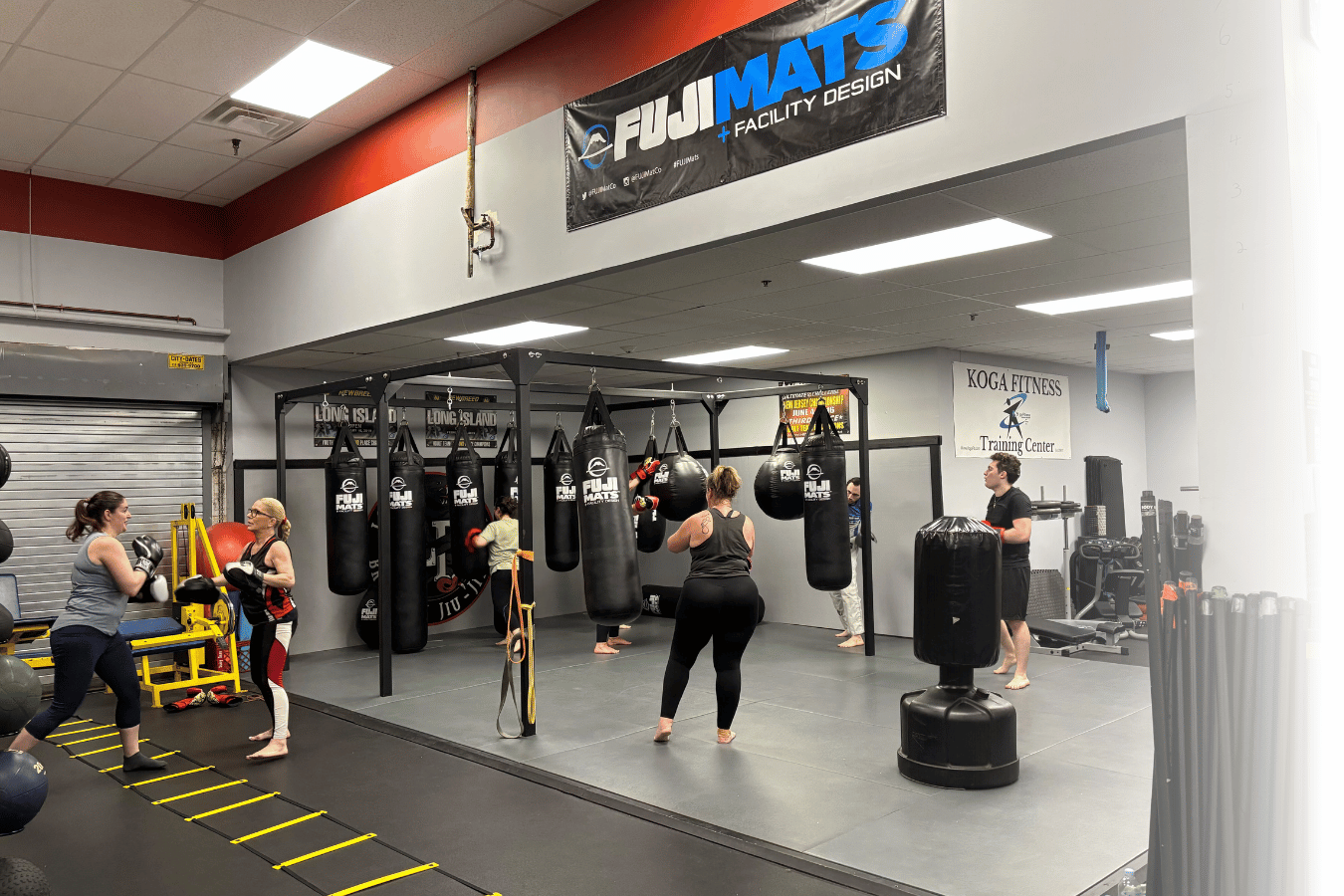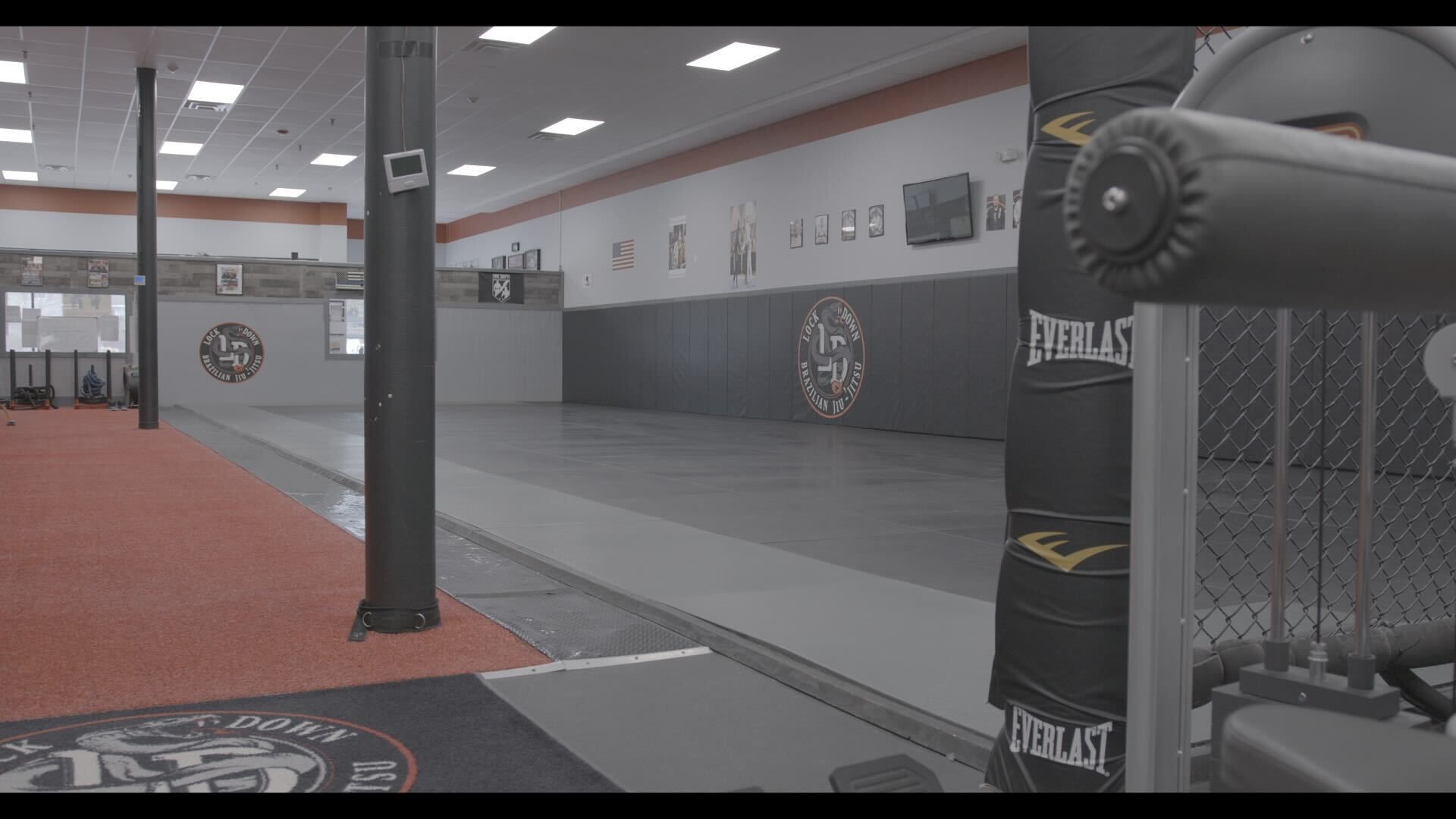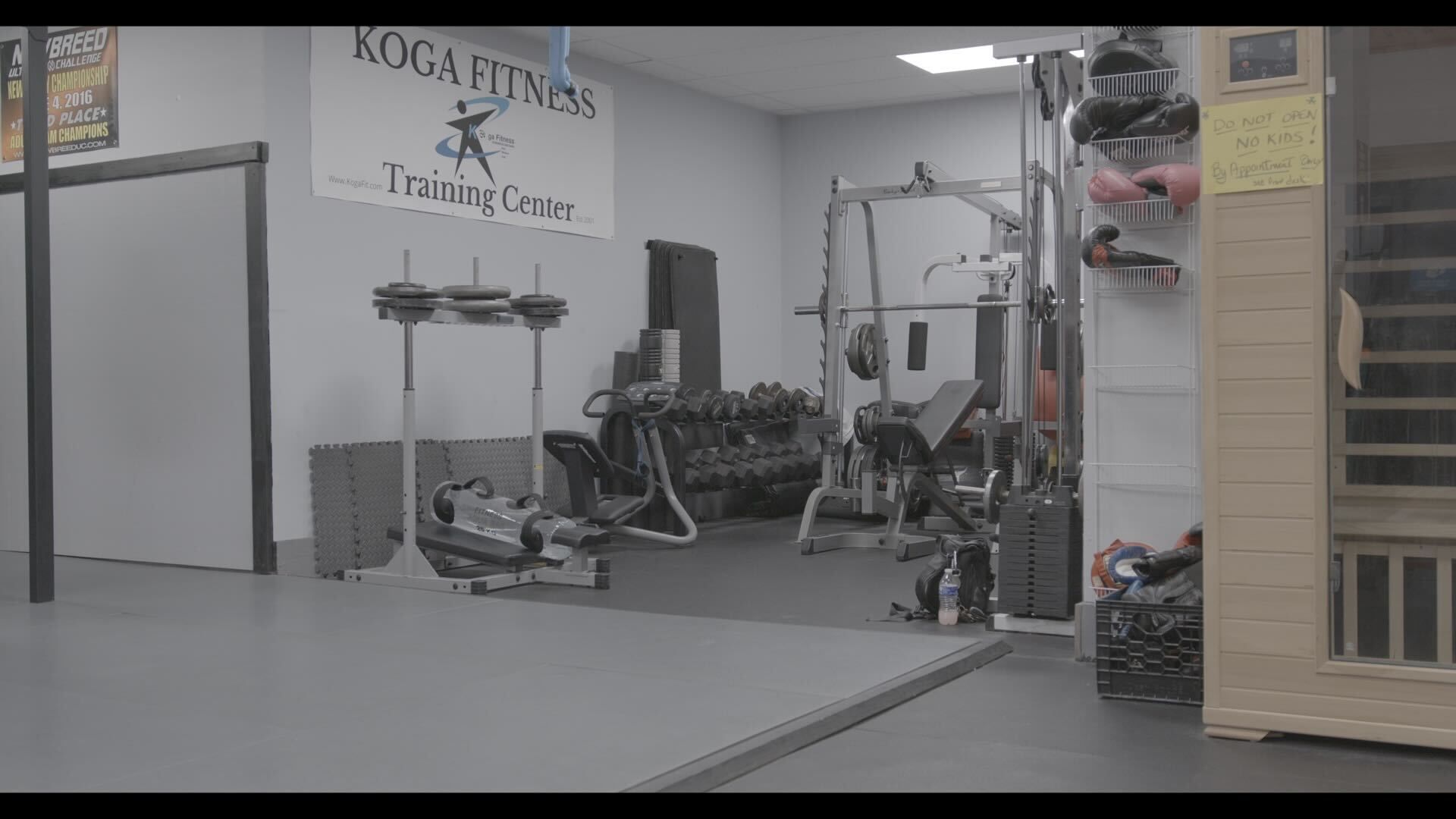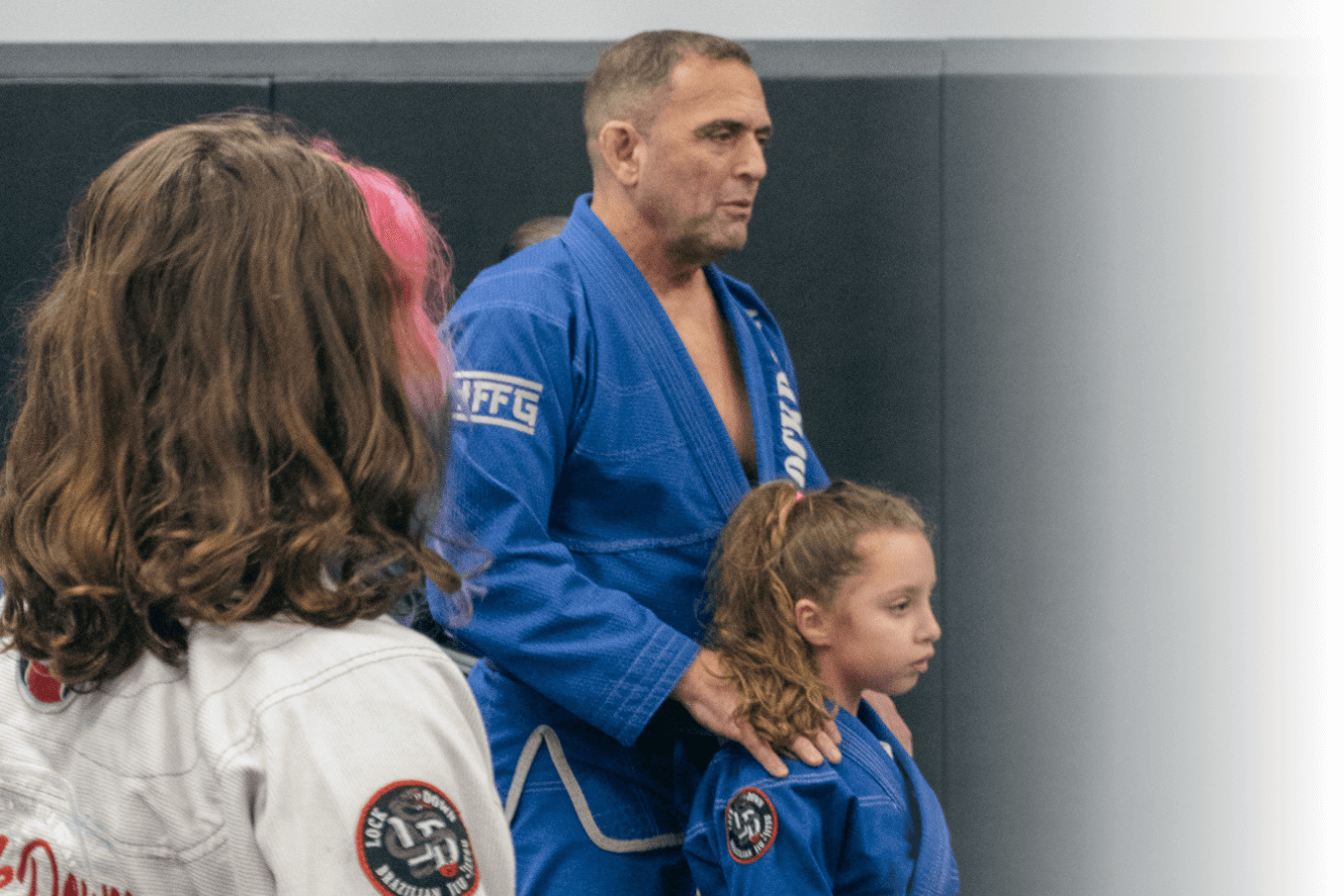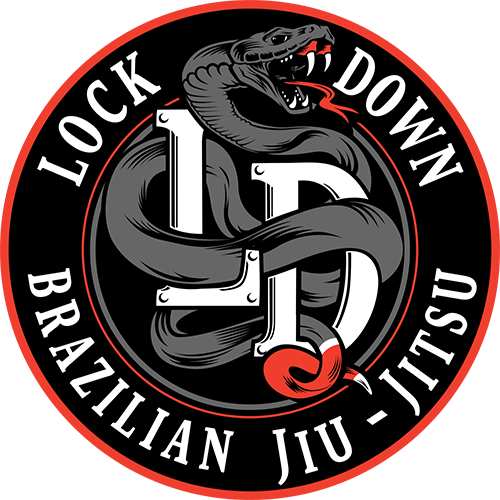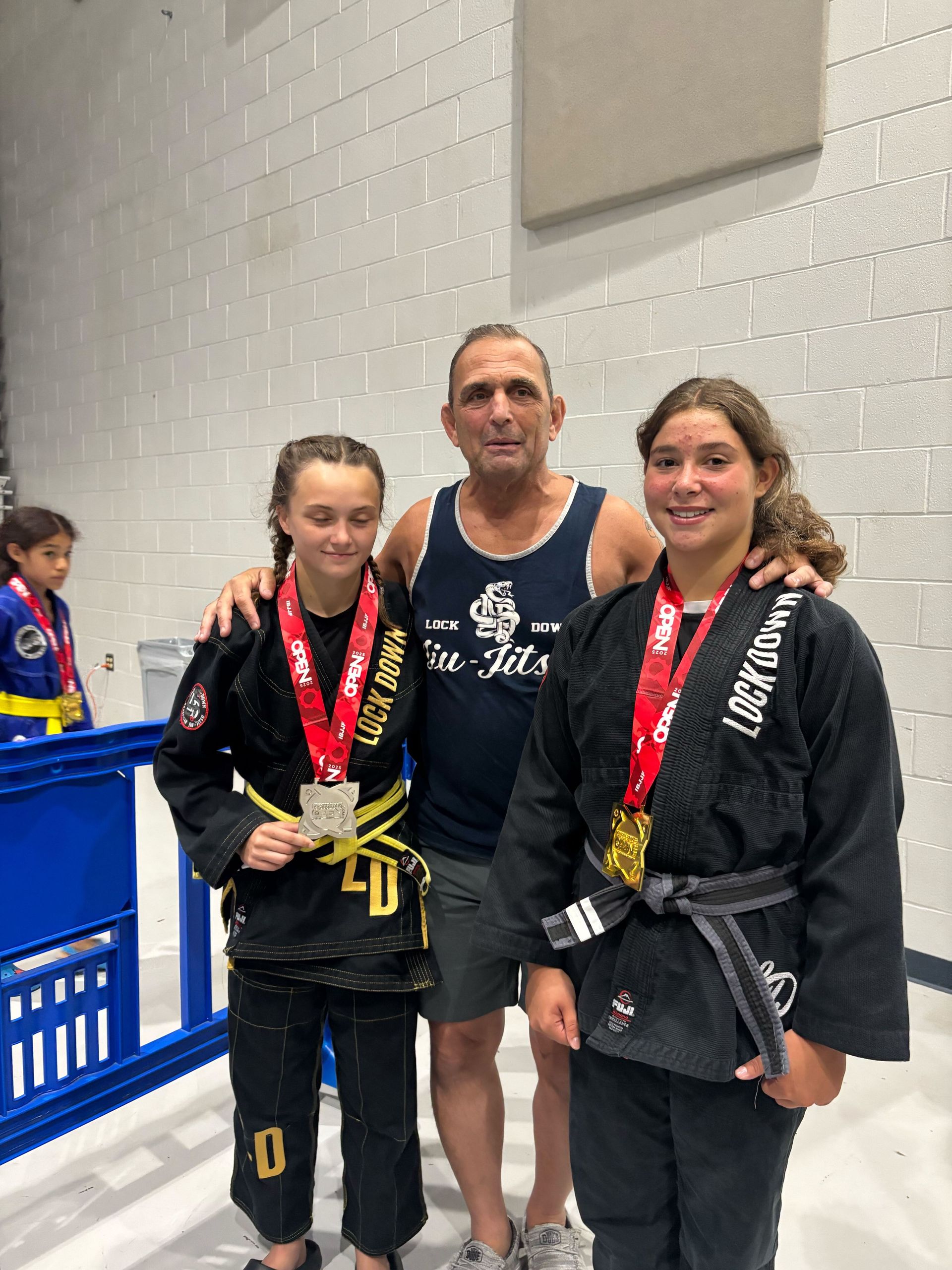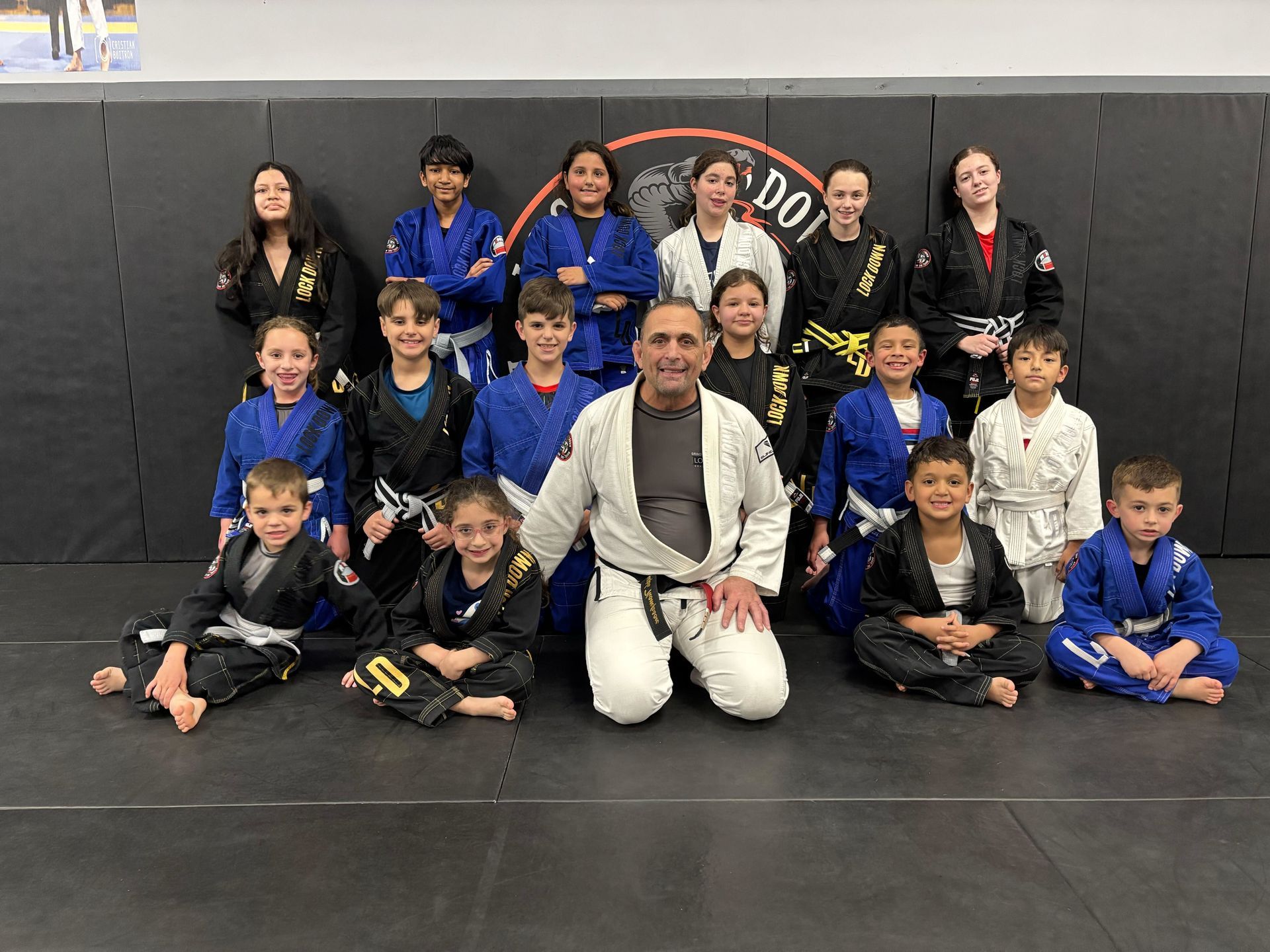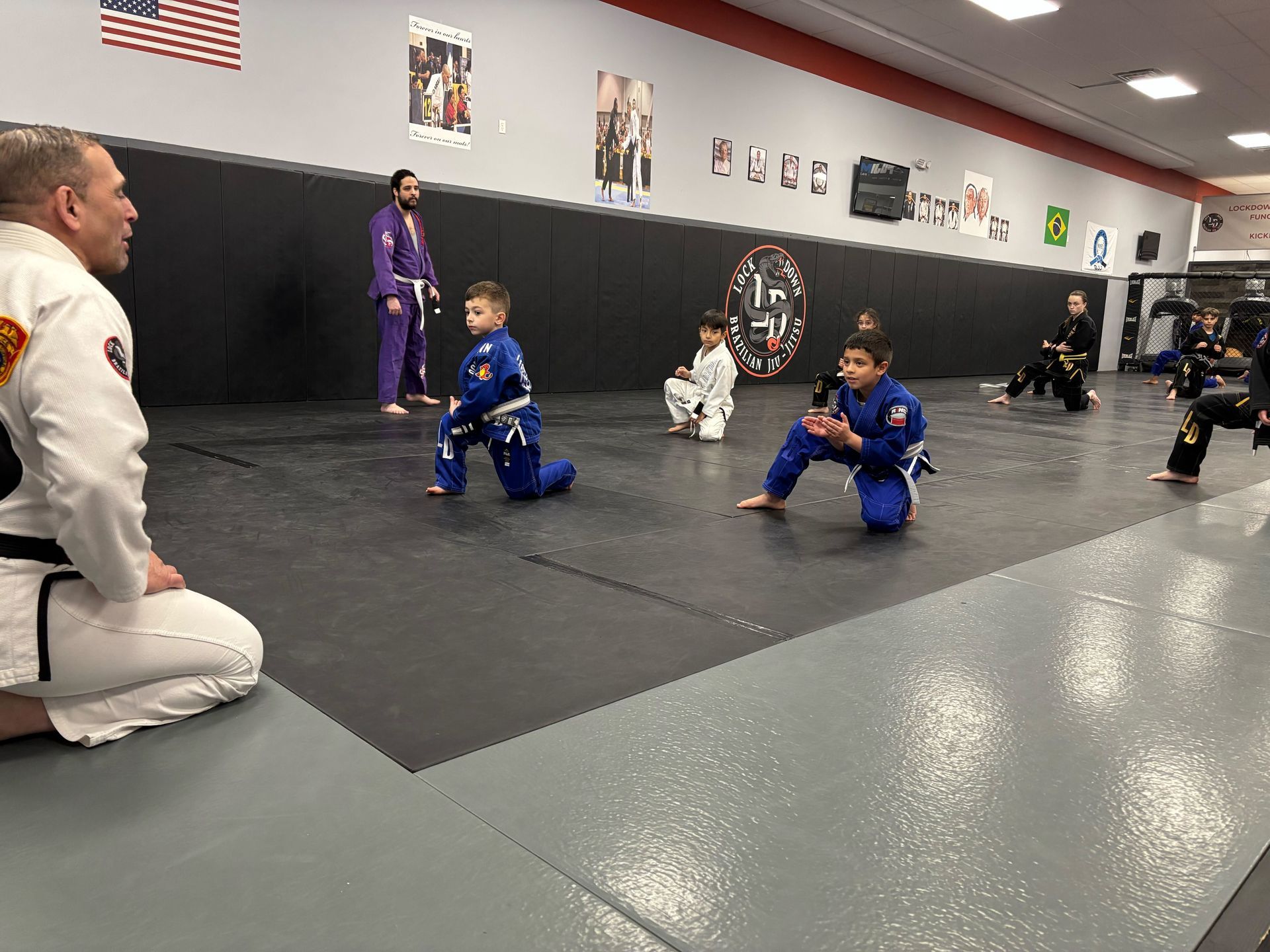When it comes to self-defense, one of the most common concerns is how to defend yourself against a larger, stronger opponent. Whether you're walking down the street or in a more dangerous situation, knowing how to handle an attacker who has a size and strength advantage can make all the difference. That's where Brazilian Jiu-Jitsu (BJJ) comes into play. BJJ focuses on leverage, technique, and positioning, allowing individuals to control and defend themselves effectively, even against much larger assailants.
At Lockdown Brazilian Jiu-Jitsu in Lake Ronkonkoma, we specialize in providing practical self-defense skills. In this article, we'll explore how BJJ is the perfect solution for handling a larger attacker and why it’s the ideal martial art for self-defense.
The Power of Brazilian Jiu-Jitsu (BJJ) for Self-Defense
Brazilian Jiu-Jitsu is renowned for its effectiveness in real-life combat situations, particularly against bigger, stronger opponents. Here’s why:
1. Leverage Over Strength
BJJ teaches you how to use your opponent’s force and momentum against them. Through techniques like sweeps, submissions, and joint locks, you can neutralize an attacker without relying on brute strength. This makes it particularly effective for smaller individuals who may feel outmatched in a physical confrontation.
2. Ground Fighting Focus
Most street fights end up on the ground, and that's where Brazilian Jiu-Jitsu excels. With a combination of positional control and submission holds, you can neutralize an opponent from the ground. Whether it’s maintaining guard position or using your legs to control a larger attacker, BJJ provides the tools to dominate on the ground.
3. Confidence in Real-World Situations
When you train in Brazilian Jiu-Jitsu, you build confidence in your ability to handle yourself, regardless of the situation. Whether you're facing a physical altercation with a larger opponent or simply need to diffuse a tense situation, the skills you gain in BJJ translate to the real world.
Why Adults Seeking Self-Defense Can Benefit from Brazilian Jiu-Jitsu
Brazilian Jiu-Jitsu isn’t just about fighting—it’s about protecting yourself and building confidence in the face of adversity. Here’s why BJJ is ideal for adults seeking self-defense:
1. Comprehensive Self-Defense
While other martial arts may focus on striking or standing techniques, BJJ is unique in its emphasis on ground control and submission techniques. By learning BJJ, you gain a comprehensive understanding of how to handle any situation—whether you’re standing or on the ground.
2. Stress Management and Control
In a self-defense scenario, panic can often lead to poor decision-making. BJJ training helps you remain calm under pressure, teaching you how to manage stress and focus on the task at hand. The more you practice, the more prepared you'll be to handle any high-pressure situation effectively.
3. Practical Techniques for All Ages
BJJ is suitable for people of all ages and fitness levels. Whether you're a seasoned athlete or just starting your fitness journey, BJJ provides techniques that are adaptable to your individual needs. Plus, because it doesn’t rely on strength or size, it’s effective for people of all body types.
Tips for Handling a Larger Attacker with BJJ
Now that you understand why Brazilian Jiu-Jitsu is an effective self-defense tool, here are some key tips on how to handle a larger attacker:
1. Focus on Maintaining Distance
If you’re faced with a larger attacker, your first priority is often to avoid being caught in a clinch or bear-hug. Use footwork and body positioning to keep space between you and your opponent. BJJ teaches you how to create distance when needed, allowing you to strike or escape.
2. Utilize the Guard Position
One of the most effective positions in Brazilian Jiu-Jitsu when on the ground is the guard position. From here, you can control your opponent’s movements, protect yourself, and even submit them if needed. Learning how to use guard to control a larger attacker is a fundamental skill that will improve your self-defense ability.
3. Take Advantage of Submissions
BJJ is famous for its submission techniques, like arm locks, chokes, and joint manipulations. These submissions don’t require overwhelming strength, only proper technique and positioning. By mastering submissions, you can effectively neutralize an attacker without the need for punches or kicks.
4. Escape from Mount or Top Control
If the attacker is larger and has managed to get on top of you, learning how to escape from positions like mount is critical. BJJ provides effective techniques for regaining control and getting back to your feet or transitioning into a dominant position.
Common Questions About Self-Defense with BJJ
Q: Do I need to be strong to be effective in Brazilian Jiu-Jitsu?
A: No, strength is not required. BJJ relies on leverage, technique, and positioning. You can effectively defend yourself against a larger opponent by using their movements to your advantage.
Q: How long does it take to become proficient in BJJ for self-defense?
A: While proficiency depends on the individual, it typically takes several months of consistent training to develop a solid foundation in BJJ. With regular practice, you'll see steady improvement in your ability to defend yourself.
Q: Is BJJ suitable for beginners?
A: Yes! Brazilian Jiu-Jitsu is suitable for individuals of all experience levels. Whether you're a complete beginner or have some martial arts experience, you can start training at your own pace.
Q: Can BJJ help with weight loss and fitness?
A: Absolutely! BJJ is a full-body workout that improves cardiovascular health, strength, and flexibility. As you train, you’ll see improvements in both your fitness and mental focus.
Conclusion: Take the First Step Towards Self-Defense with Brazilian Jiu-Jitsu
Brazilian Jiu-Jitsu offers powerful techniques and strategies for handling a larger attacker. Through proper training, you can develop the confidence and skills needed to protect yourself in a variety of situations. Whether you’re looking to improve your self-defense capabilities, lose weight, or build mental resilience, BJJ provides the foundation you need.
Ready to start your martial arts journey? At Lockdown Brazilian Jiu-Jitsu in Lake Ronkonkoma, we offer a welcoming environment for people of all ages and fitness levels. Sign up for a free trial class today and discover how BJJ can change your life!
